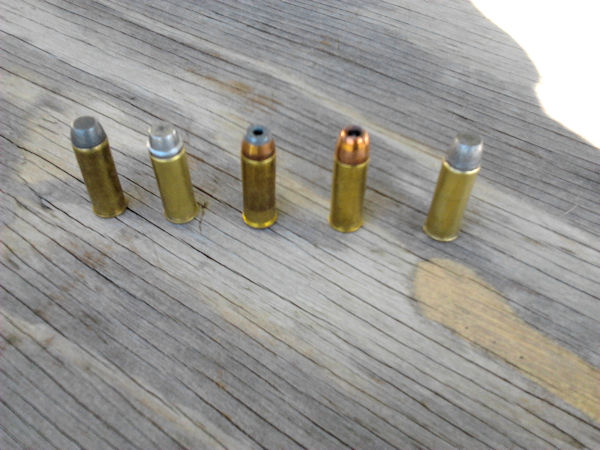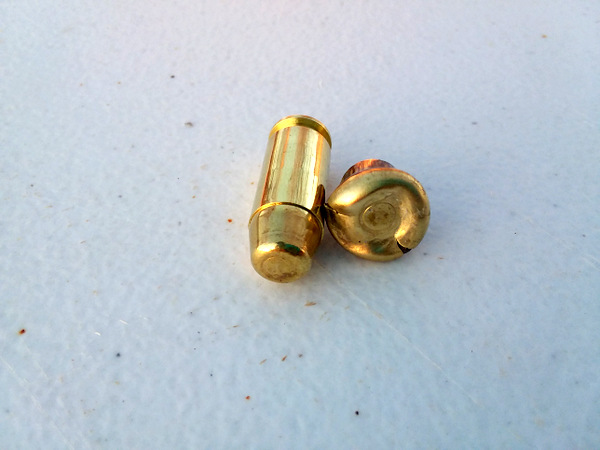What you're missing is the bullet profile of hardcast VS FMJ's. Most FMJ's are either roundnose or truncated cone with a relatively small Meplat which is the flat area on the front of the bullet. Additionally FMJ's are generally rounded and smooth to aid in feeding in semi-autos.
Hardcast bullets intended for woods defense have a larger Meplat than FMJ's, which allows the bullet to not only penetrate but to displace tissue outward creating a larger wound channel. this is why full wadcutters make an excellent defensive projectile in cartridges like the 38 Special which lack the velocity to reliably create expansion with hollowpoints.
Here's what the Garrett Ammunition company has to say about Meplat:
The meplat is the frontal circular flat of a flatnose bullet that first comes into contact with game. The size or diameter of the meplat effects the performance of a cast bullet in a number of important ways. Among these are terminal stability, bullet length and subsequent power generation efficiency, wound channel diameter, rate of incapacitation, aerodynamics, and, in lever-action rifles, magazine safety. We take the view, common to experienced users of large caliber cast bullets, that a large frontal flat or meplat is essential in producing quick and humane kills on big game.
Terminal Stability
Terminal stability refers to a bullet's impact characteristics. Upon impact, a bullet can be expected to penetrate the game animal. However, a bullet's path through game tissue, whether it is straight, deep, or angular, is largely determined by its construction and design characteristics. Primary among those characteristics is the weight carrying capacity of the front of the bullet. Bullets with less weight in the forward half of the bullet, as compared to the rear half, tend to be less terminally stable and tend to exhibit characteristics such as yaw which reduce penetration depth, than bullets that carry similar amounts of weight in the front and rear. Since bullets with wider or broader meplats tend to carry more weight up front than bullets with smaller meplats, they tend to be more terminally stable and, as a consequence, produce deeper and straighter penetration channels.
Wound Channel Diameter
The diameter of the wound channel produced by a proper hard-cast bullet is far more a product of the diameter of the meplat than the diameter of the bullet. This is of critical importance. As a consequence of this, wound channel diameter and the resulting speed of incapacitation can be substantially increased through the use of hard-cast bullets with broad meplats. This is readily observable through wet newspaper penetration testing, or by the careful postmortem examination of big game animals. Interestingly, as can be verified by testing, relatively small increases in meplat diameter produce relatively large increases in wound channel diameter.








